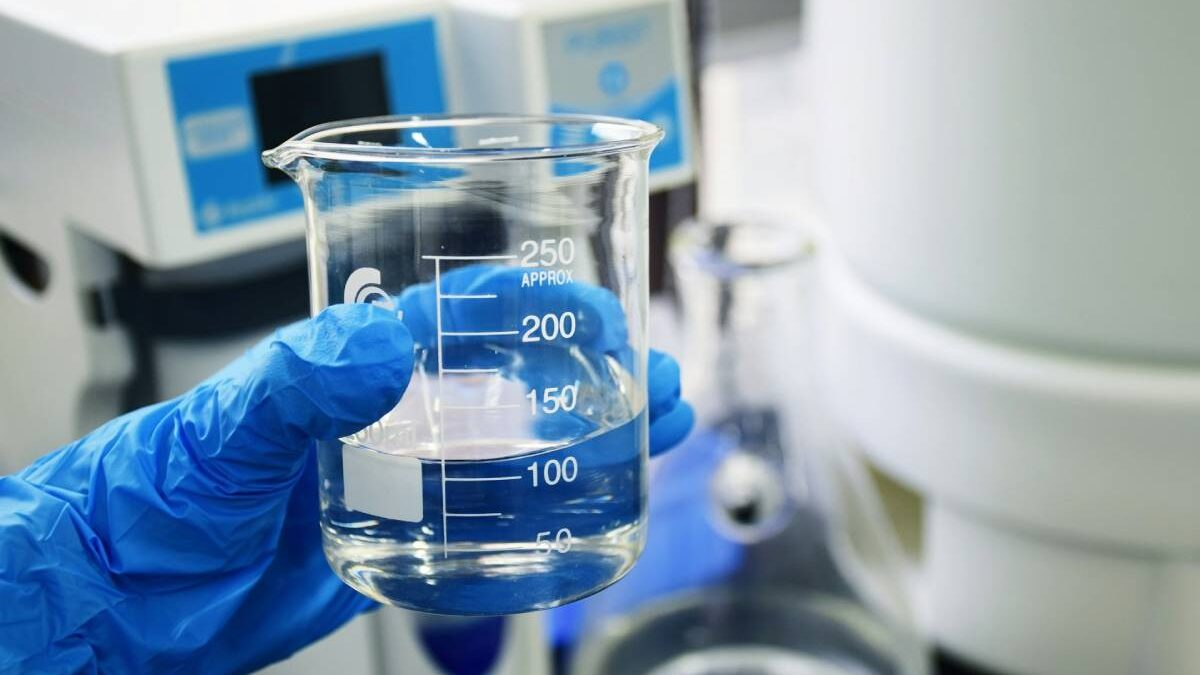Regular Water Testing
Healthcare facilities face a unique threat in terms of waterborne diseases like Legionella. Hospitals, clinics and other healthcare facilities serve as ideal environments for these pathogens to thrive; to manage this risk effectively healthcare staff must receive appropriate training on identifying and remediating water-related contamination in their daily work duties.
One way of providing training is through a Legionella water sampling course to help equip staff members to identify and prevent issues before they snowball out of control.
Table of Contents
Understanding Waterborne Pathogens in Healthcare
Waterborne pathogens pose an undisguised danger. Though invisible, their effect can wreak havoc on human health – particularly at hospitals where those with compromised immune systems may be especially at risk from Legionella, E. coli, and Pseudomonas microorganisms that make their homes in contaminated water supplies.
Pathogens thrive in warm, stagnant water- including that found in pipes, tanks, or cooling towers- making it a serious risk in hospitals. Just think: when thousands of sick patients enter each year through its doors at once, even small amounts of bacteria in the water could spread quickly among them and cause infections that are hard to treat- in some instances even fatal!
Water systems in healthcare facilities must be constantly supervised; water tanks, pipes, faucets and medical equipment that utilizes it must all be regularly checked to prevent bacteria build-up from taking hold and creating health risks to patients. Staff training on proper testing and treating is therefore key in healthcare facilities.
The Role of Regular Water Testing in Preventing Outbreaks
Regular Water testing is one of the best defenses against outbreaks due to waterborne pathogens. By regularly screening temperature, pressure, and quality, you can spot problems before they manifest into an outbreak.
Testing doesn’t just prevent illness; it also ensures that quality care standards remain intact. When water quality deteriorates, patient safety does too – which is why healthcare facilities must put in place an efficient monitoring and testing regime so their water remains both clean and safe for consumption.
One effective strategy for maintaining water systems is training staff members on how to spot problems early. A Legionella water sampling course provides one way of training them; through hands-on learning experiences, they’ll discover potential contamination risks, how to collect samples for testing purposes and what steps need to be taken if required for water treatment purposes.
Common Sources of Water Contamination in Healthcare
Water systems within healthcare facilities can be complex, and contain numerous points where contaminants could gain entry. From showers, sinks, faucets and even medical equipment that uses water- like dialysis machines and humidifiers to cooling systems – any potential sources for contamination should be cleaned regularly to minimize risks of bacteria growth.
Stagnant water poses another grave concern. When faucets or pipes go unused for extended periods, their remaining water pools in place, providing ideal conditions for bacteria growth to flourish – or worse yet, Legionella to develop and spread! Without proper temperature monitoring controls in place, such stagnant conditions create the ideal breeding grounds for pathogens like Legionella.
Water contamination sources at healthcare facilities often hide in places you wouldn’t think to inspect. These areas provide perfect cover for pathogens to thrive and breed, thus necessitating regular checks and cleaning to remain free from problems.
Benefits of Effective Water Management in Healthcare
At first, water testing and maintenance may seem pointless; after all, what are they good for? But proper management not only prevents outbreaks of water-born diseases but also fosters an environment with greater safety and efficiency for healthcare.
Clean and well-kept water systems reduce patient risk from waterborne contamination while staff also benefit by working in an environment without worry over potential outbreaks of disease from unclean sources. There are reduced risks, leading to improved operations within healthcare facilities.
Waterborne pathogen prevention helps healthcare facilities comply with regulations. Failing to keep systems free of contaminants may result in costly fines or lawsuits from regulators; but by investing in routine water testing, staff education programs, and water management protocols you can reduce this risk altogether.
Conclusion
Waterborne pathogen prevention goes beyond simply warding off illnesses- it also requires upholding high standards of care, building trust between doctors and their patients, and creating an atmosphere conducive to safe recovery for both parties involved. Investing in relevant training such as Legionella water sampling course training for healthcare providers can establish safer healthcare environments that foster positive patient experiences.

